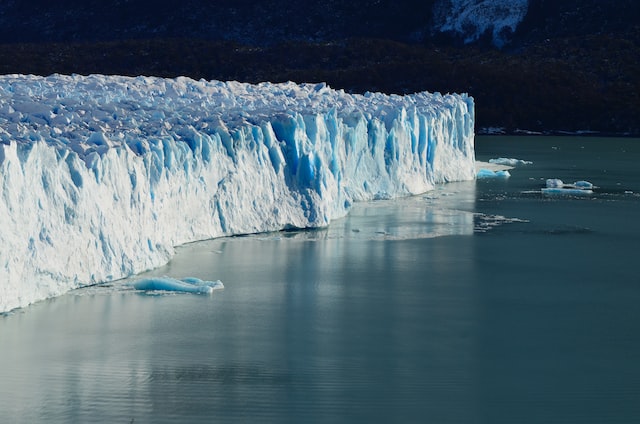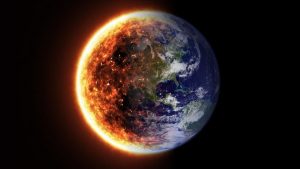Antarctica’s vast Thwaites Glacier is nicknamed by scientists as the Doomsday Glacier. It is currently a top concern for polar scientists due to its potential to raise sea levels by up to 10 feet if it melts.
Scientists say the glacier that warm water is seeping into its weak spots and rising temperatures are worsening its melting.
Also Read | Who is Alexander Tyler? Louisiana officer facing charges in Shreveport homicide that killed a black man
Thwaites, which is approximately the size of Florida, represent over half a meter (1.6 feet) of global sea level rise possibility. It could also destabilize neighboring glaciers that have the potential to raise the sea level to a further three-meter (9.8 feet).
The reports of two studies have recently been published after five years of research, a $50 million research campaign which complicated the understanding of glacier behaviour.
Also Read | Tim McCarver: Cause of death, age, net worth, wife Anne McDaniel, MLB stats, broadcasting career
Scientists are finding ways to control or stop the melting of the glacier, but there are studies that conclude that we have already triggered an “irreversible loss” of the West Antarctic ice sheet.
The water that’s coming into contact with the bottom of the ice sheet is not as warm as expected, but the glacier is still retreating “incredibly fast”, noted Andrew Freedman, senior climate and energy reporter.
Decisions made in the coming two decades will determine the extent of sea-level rise for the next several centuries, including West Antarctica.
Freedman also talked about another study that found human-caused global warming must be restricted to 1.5 degrees Celsius or less to reduce multi-century melting of the ice sheets and a rise in sea levels. However, this goal is not realistic as we’re already at 1.2 C, and if all global pledges are met, we would go only to 2.4 C.







